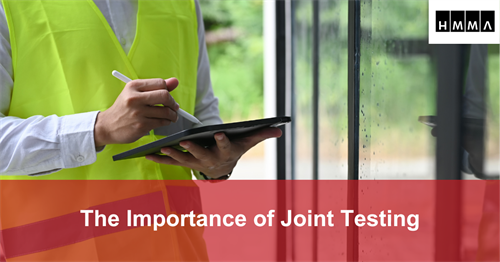The Importance of Joint Testing
July 12, 2024
HMMA’s mission is to move the hollow metal industry forward by being a trusted source of information. Backed with the support of industry experts and member companies, HMMA delivers test results that stakeholders can have confidence in.
Take a closer look into HMMA’s joint testing process and see the benefits it provides to members, architects and specifiers.
Why HMMA Does Joint Testing
The process of testing hollow metal products is often costly and comes with certain risks. If a product fails in the live test, there’s no return on the tens of thousands of dollars that were invested to conduct it. Instead of a company trying to tackle this challenge on its own, HMMA leverages its experienced experts to conduct joint testing for you.
These knowledgeable members of HMMA have a track record of successfully completing tests and know how to increase the odds of success. Members who participate in successful tests often gain the ability to sell a new type of product and expand their current offerings, that directly accrue to more product choice and availability in the AEC community. Plus, HMMA works with premier testing labs that guide the process.
HMMA works closely with Intertek’s Warnock Hersey and Underwriters Laboratories. These labs are testing experts that collaborate with HMMA directly. Individual member companies also receive support once product testing is concluded. HMMA’s lab partners will help companies with listing new products that fall in line with the procedures conducted in the tests.
A Closer Look at What the Testing Process Looks Likes with HMMA
Within HMMA’s Technical Committee, there is a Joint Testing Committee that asks members what type of testing is of interest. These topics are reviewed by the committee and a feasibility study is conducted to help identify the best testing choices. During this phase of the process, the main goal is to pick a live safety test option that offers the most benefit to a majority of member companies and expands options for AEC stakeholders.
A report is created and is shared at HMMA’s Annual Spring and Fall meetings. The membership at the meeting then decides on which test to move forward with. The Joint Testing Committee works directly with the labs to formulate a testing plan, discuss the criteria and construct the required hollow metal products being tested.
At the following HMMA meeting, the Joint Testing Committee presents all the parameters mentioned above so that member companies can decide if they want to participate. It’s important to note that only member companies that assist in funding the project are given the rights to the testing data. That data can be used to enhance their hollow metal product listings.
The Benefits of Joint Testing for Hollow Metal Doors and Frames
The joint testing process is one of the best ways for HMMA members to increase their current product listings and branch out into new categories. For example, through joint testing, HMMA has provided member companies with a pathway to enter the market for ballistic hollow metal doors and frames. While this type of testing would cost an individual company an investment of $50,000, splitting it with participating members makes it much more feasible.
The benefit of joint testing also extends to architects and specifiers. By working with labs to enhance the protection that hollow metal door and frame products offer, architects and specifiers have more opportunities to choose steel doors.
Get Involved in HMMA’s Joint Testing by Attending the Next Meeting
HMMA has a successful track record with joint testing because of the shared knowledge that members bring to the process. The next HMMA Annual meeting is your opportunity as member to get involved. Your input could be valuable in helping the next joint test. Visit the events page to learn when the next meeting is, so you can attend.





